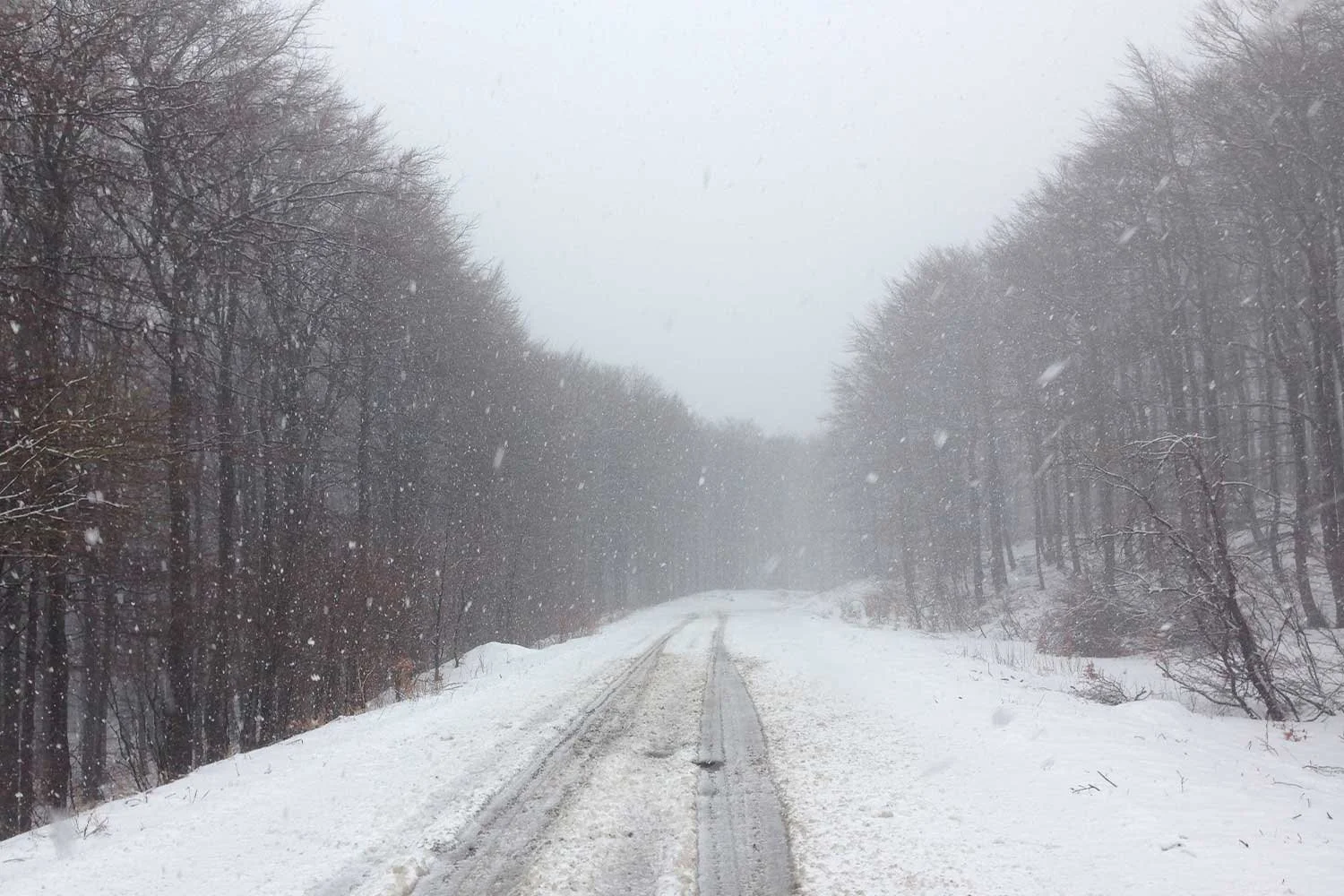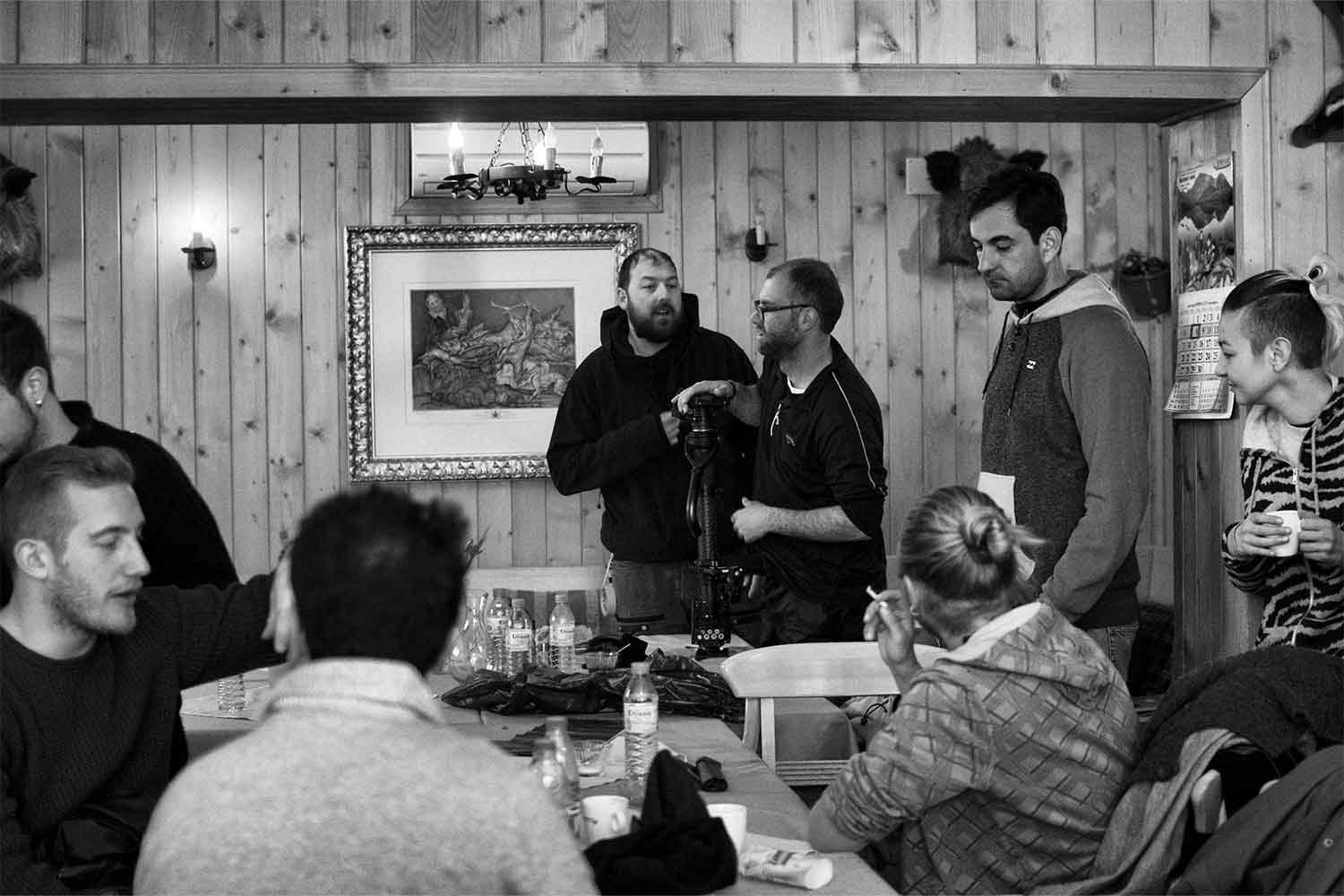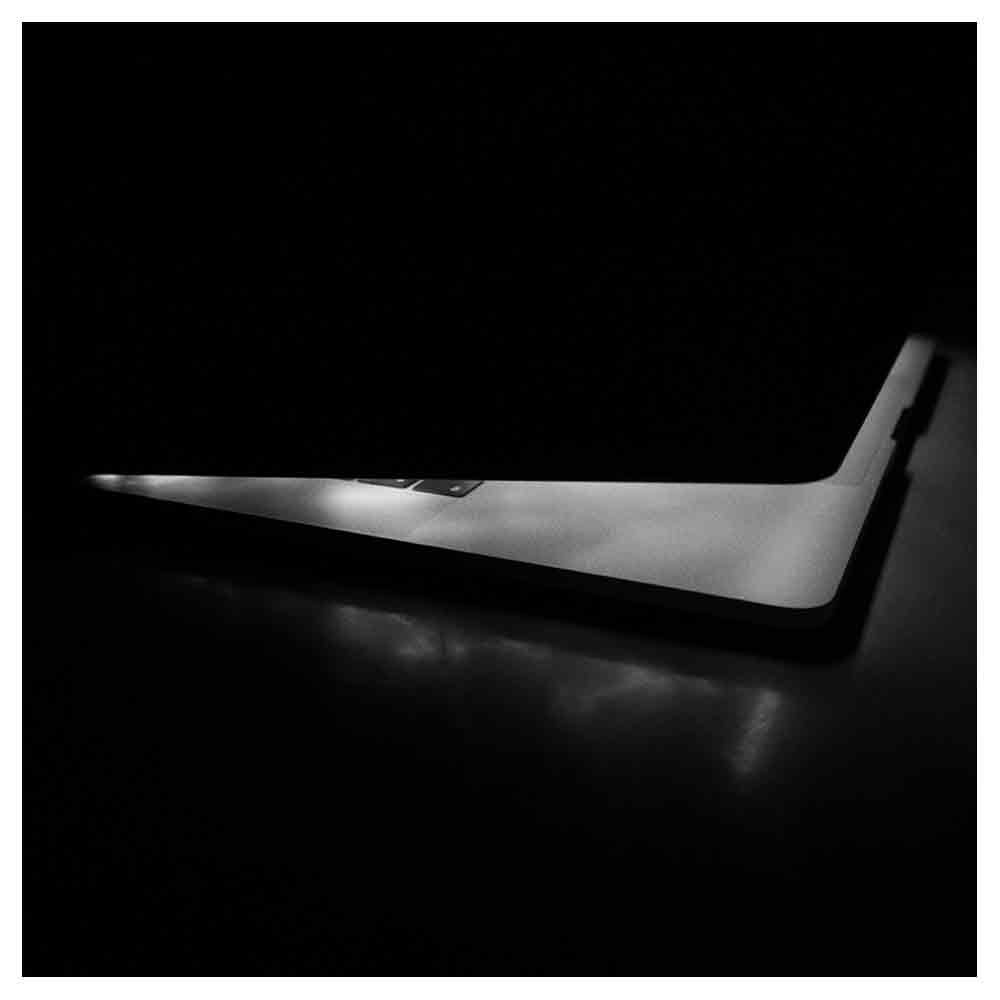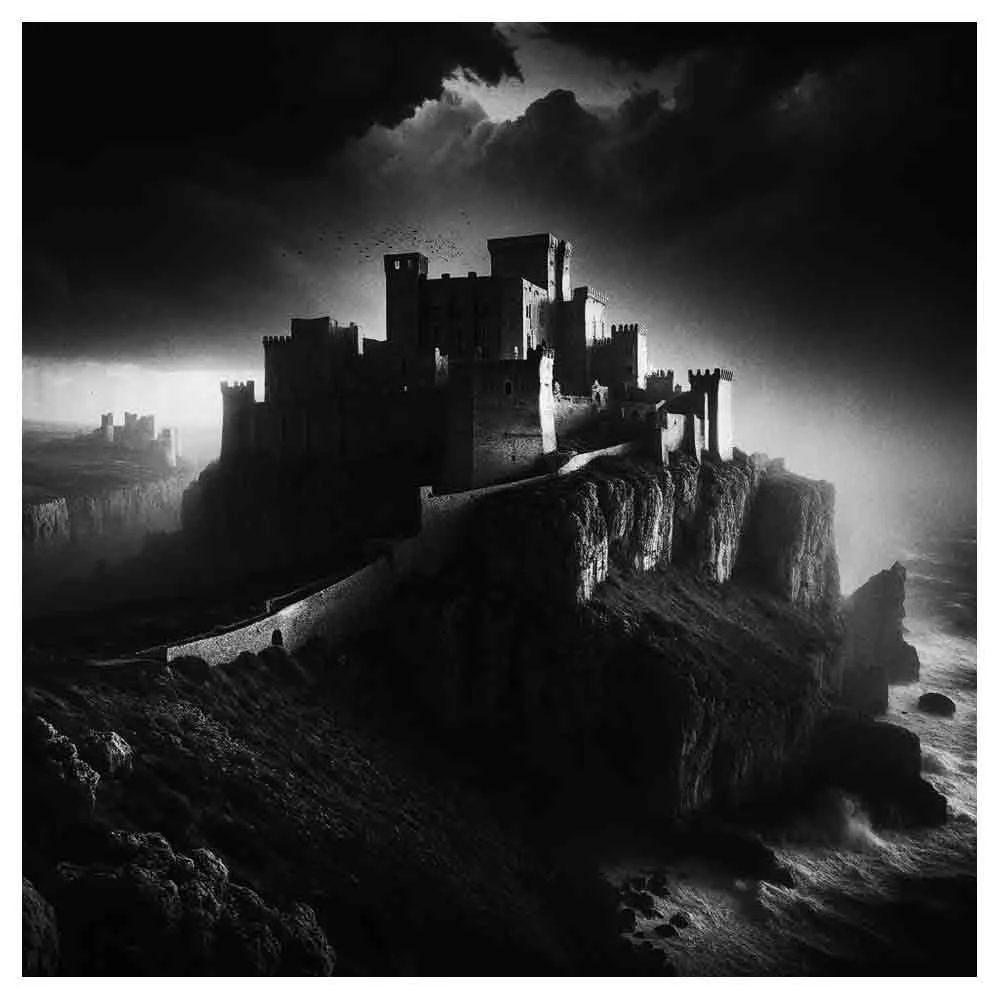How To Direct A Music Video? A Comprehensive Guide For Aspiring Music Video Directors
From exchanging money at a mobster place, visiting the most insane camera rental company inside an old Communist apartment, being in the middle of a snow blizzard, to ending up at the wrap party of the Masterchef TV show.
It all took place during the course of one week on one of my craziest music video adventures in the snowy mountains of Bulgaria.
Over the years, I’ve shared bits and pieces of this production but never the full story. To help aspiring music video directors find answers to the questions ‘How to direct a music video?’ I thought it would be nice to rewind the clock and tell you how I directed Hardwell and Jonathan Mendelsohn’s music video ‘Echo.’
I’ll tell you every detail about why I decided to direct this project, how we ended up in the mountains of Bulgaria, the challenges we had to overcome, and how we eventually made it happen with some of the film crew members of Zack Snyder’s ‘300’ film!
Table of contents:
Hardwell ft. Jonathan Mendelsohn - Echo (Official Music Video)
Why I pitched for this music video
When the music label managers' sent out the music video treatment request for this project, I was in the middle of editing the second feature-length Hardwell documentary, "I Am Hardwell - Living The Dream."
From the first Hardwell documentary experience, "I Am Hardwell - If You Can Dream It, You Can Do It," I learned that I had to start planning my next move as soon as possible to prevent falling into a big mental gap after the documentary's release.
Having worked on documentary-style projects for almost ten years and feeling creatively exhausted by these types of projects, I decided it was time for a change.
After the documentary's release, I wanted to focus on something different and shifted my focus to high-end music videos, commercials, and fiction-driven projects.
To get my hands on these types of projects, I realized that I needed a new portfolio to prove to potential clients that their budgets were safe with me.
Therefore, this music video was the perfect opportunity to test these pristine waters and develop my showreel in this new field of work.
A behind-the-scenes video of the music video project.
The music video brief
The client brief for this music video was short and precise. There were only a few guidelines I had to consider for creating my music video treatment.
The client brief for this music video included the following:
Title: Hardwell feat. Jonathan Mendelsohn - Echo
Keywords: Raw, cold, snow, mountains
Example music video: http://youtu.be/Yvo620cGMyw
Artist: Hardwell has no appearance in the music video. The singer (Jonathan Mendelsohn) does.
Budget: €20K
The music label managers added that, for this music video, Robbert van de Corput, a.k.a. Hardwell, only had one particular wish—he wanted to have a music video that takes place in the snow.
This one specific wish added some complexity to the job because, at the time, it was spring in Europe, so there was not much snow left. With so much emphasis on the snow, filming in The Netherlands was impossible, and we had to find a film location abroad.
Luckily, one of the producers I was working with at the time, Alexander Nedyalkov, said there was still some snow left in his home country, Bulgaria.
Alex had previously worked as a producer on TV shows like Big Brother in Bulgaria, so his network of film crew people and camera rental companies was huge.
The music video treatment
I quickly gathered my crew of creative collaborators, started brainstorming music video ideas, and asked a screenwriter to help me write a short script for this music video.
For the inspiration for this project, we just Googled: "Bulgaria Mountains Snow" and found this incredible Communist-style location called Buzludzha.
We wrote a story based on this location about a widower taking a journey through his past with the help of a little friend and wrapped it in a visually packed music video treatment.
A few days after receiving the brief, I submitted the music video treatment and received the GO for the project! We then packed our bags, and together with Alex and Cinematographer Aziz, I jumped on a plane to Bulgaria's capital Sofia with the promise that we would deliver a music video in a snowy setting.
A few slides of the music video treatment for this project.
How the music video project started
When our plane started to descend, we could see the snow left on the mountains near Sofia was rapidly shrinking.
Once we touched the ground, we started analyzing the local weather forecast apps for the upcoming week, but with the rising temperatures, my worries about filming in the snow grew at the same speed as the snow was melting.
We knew time was not on our side, so we quickly started preparing everything for the film shoot.
Hollywood film crews
I think the best thing about Bulgaria is that lots of big-budget Hollywood productions are filmed in this beautiful country.
These Hollywood film studios choose Bulgaria over other parts of the world because production is a lot cheaper, the country offers an insane variety of cinematic landscapes, and it has excellent filmmaking facilities like the New Boyana Film Studios.
The upside of Hollywood studios doing many productions in this country is that film crew members are used to working with the best of the best.
So while we set base in Alex’s apartment in Sofia, Alex got several crew members on board the film crew that had also worked on big-budget movies like Zack Snyder’s ‘300’ movie!
Money from the mobs
Because production money ran through my own video production company at the time, and because cash is king in Bulgaria, Alex advised me to take a few thousand euros in cash from The Netherlands and exchange it at a currency exchange office in Sofia.
Alex also told me that Sofia's currency exchange offices owned by the mobs had the best exchange rates.
So, we casually swapped a backpack with thousands of euros for Bulgarian levs in a tiny office with big steel bars on a regular street in the city center. It could have been a scene in a Godfather-like movie!
Apartment rental company
For the camera gear, Alex had told us about a camera rental company near Sofia with the most insane camera equipment. As you can imagine, Aziz and I were excited, and we were expecting a massive camera rental company.
Instead, we met a Bulgarian version of Roger Deakins in the outskirts of Sofia, where this man housed the most expensive camera equipment inside two old garage boxes!!
After showing us his collection inside his garage, he invited us into his communist-style apartment, where even more exclusive gear was being stored in his wardrobe closets!! This legend kept at least half a million euros in camera lenses next to his bed!!
It was by far the most badass & extensive camera rental company I have ever seen. This guy had everything a cinematographer could dream of! As you can imagine, Aziz was in heaven, and I prayed for snow.
Meeting the cast members
Before we took the plane to Bulgaria, Alex had already done some groundwork on the casting. Via his network, he cast Sofia’s National Theatre star actor Marius Donkin, Actress Dilyana Popova, and model Vladimir Enchev.
After visiting the rental company, we met all the cast members in person to chat about the project, explain my vision for the story, let them hear the song, and let them know we were looking forward to working with them!
Unfortunately, not all of them spoke English, so next to production, Alex also functioned as a translator to communicate with the cast members.
Drive to the mountains
After two days of zigzagging through Sofia, Aziz, Alex, and I jumped in the car and took off to our film location, the Buzludzha monument.
After a few hours of driving through various landscapes, Budzludzha gloomed at the top of the mountain, surrounded by a few snow leftovers.
As my eyes stared at the monument in the distance, my heart rate went up, and I started questioning whether we had to drive back to Sofia and film at one of the Ski-resorts near the city center.
Let it snow
But a miracle happened as we drove up the mountain. It started snowing!! Finally, it seemed like my prayers were heard.
Once we reached the top, we walked to the Buzludzha monument, which was now fully covered in a white blanket of fresh snow, and started scouting our location in real life!
With snow on the mountain and an epic backdrop for our story, my blood pressure went down, and I felt confident we would be able to pull this off as promised to the artists and music label.
The music video filming schedule
Because we chose to film in Bulgaria, where everything is essentially cheaper than in Holland, meaning €1 in Holland would be worth €2-€3 in Bulgaria, we were able to afford ourselves three consecutive days of filming with the €20K music video budget.
Three days of filming
To capture everything for this music video, we decided to divide the film days like this:
Day 1: Performance shoot with Jonathan Mendelsohn
Day 2: Performance with old man & dog
Day 3: Performance with young couple + additional shots old man & dog
We decided to start with Jonathan’s performance on the first day because if something terrible happened on the second or third day, we would still be able to edit a music video solely with the performance shots of Jonathan Mendelsohn.
On top of that, it allowed us a relaxed start, and Aziz and I could get to know the Bulgarian crew and their way of working.
Careful planning
We knew the second day of filming would be the most difficult because we were filming with an animal.
And although we were working with a movie dog specially trained for this project, we knew that we had to discover a workflow with the animal and the animal trainer to film the shots we were looking for.
To allow us some room for error, we planned these shots on the second day, with possible extra time on the third day if things didn’t go as planned.
The music video challenges
In the end, I prayed a bit too much for snow in the days leading up to the film shoot because it didn’t stop snowing for two consecutive days after arriving at Buzludzha!
In fact, it was the most amount of snow our lodge host had ever seen coming down on the mountain in such a short time!
Snow challenges
The insane amount of snow that came down also gave us new challenges. Suddenly, getting all the cast and crew members up the mountain over the course of those three filming days became a bit of a hassle because the roads became very slippery.
Trees had fallen because of the weight of the fresh snow, blocking parts of the road and causing dangerous traffic situations. Because accessibility became an issue, many of the locations we initially had in mind for this project had to be reconsidered regarding safety.
Mountain problems
But the biggest challenge we were about to face was filming on a mountain.
Since this project, I've worked on several other projects that we filmed on mountains, and over the years, I've learned that mountains have their own climate.
Although weather forecasts might predict sunny weather, on a mountain, it can start raining, snowing, or become extremely windy or foggy in no time.
Improvisation
During the three-day film shoot, the weather often changed rapidly.
We had to rely heavily on our improvisational skills with winds up to 150km/h, sudden snowstorms, lighting conditions that changed every 15 minutes, and tea with rum that kept us warm while filming.
In the end, we couldn't even film at the location where the whole story was based, the Buzludzha monument! Due to extreme wind and heavy snowfall, it was impossible to reach our primary film location!
How we pulled it off
As expected, the first day was a relaxed start for the crew. We flew Jonathan in from America the day before we started filming, and although he was super jetlagged, he made his performance look flawless.
Filming with the artist
In my experience, you never have to tell an artist how to perform. So, I just told Jonathan the music video's story and that his performance would function as the male equivalent of 'The Snow Queen,' the storyteller of this music video, and Jonathan did the rest.
From behind a reference monitor, I queued the grip crew with a PUSH or PULL command, and Aziz worked his magic on the camera.
Filming with the dog
Filming with the dog and understanding what was possible and what was not was a little hassle at the start of the second day. After a few takes, trials, and errors, we understood how the dog trainer and handler worked together and how we got the shots we were looking for.
The natural characteristic of a husky is that they are very energetic and quickly bored (that’s why they are the perfect fit for ski sleds), so we had to work as fast as possible to prevent losing the dog’s interest in the project.
What also helped us was that, in the seven days leading up to the film shoot, the owner had slowed down all daily movement in the dog’s life so it would become more used to the slow pace.
Maximal improvisation
Everything went well on the third day of filming until the weather started changing rapidly right after lunch.
As we tried going up the mountain to film the final scenes at the Buzludzha monument, the wind became so strong that it became impossible to reach the monument. We decided to return to the lodge and discuss a different location.
We discovered a different spot and faked that the actors had reached the new ‘top of the mountain.’ As we were filming the last shots, the sun broke through the clouds, and in the distance, we ironically could see the sky cleared above the Buzludzha monument.
It’s a wrap
Finally, after three intense days of filming in the snow and being tested by mother nature, we returned to Sofia with a bucket full of film gold and smiles on our faces.
Alex knew that some of his production friends had just wrapped the last episode of the Masterchef TV show and therefore had rented the entire section of a club in Sofia.
As you can imagine, Alex used his production skills and got us on the club's guest list, and we celebrated the closure of this adventure in absolute style before flying back home again.
The Post-Production Process
As soon as I returned home, I immediately started editing the music video to reach the deadline.
Because we had scripted, staged, and blocked everything very well in advance, it only took me a few days to edit this music video, including feedback and some simple VFX (removing some graffiti on the monument).
When the edit was locked, I sent the music video to the post-production facility in Amsterdam, where the color grader gave it a final finishing touch.
For the color grading, we used the painting “Der Wanderer über dem Nebelmeer (Wanderer above the Sea of Fog)” by German Romantic artist Casper David Friedrich as the inspiration for the colors and help create a subtitle difference in the music video’s three different storylines.
After one full day in the color grading studio, the music video was finished and sent to the music label. Everybody, Hardwell included, loved the final film and released it online one week after we left Bulgaria, receiving lots of love from Hardwell’s fanbase.
Wrapping Up
Filming in Bulgaria with Bulgarian crew members was an incredible experience and something I would be very excited about doing another time soon.
I later discovered that one week after we left the Buzludzha monument, another Dutch film crew decided to film at the Buzludzha monument for this Kensington music video.
As you'll notice, the snow was pretty much gone by the time we left, so we were fortunate in terms of timing!
Even though it's been almost seven years since the release of this music video, with more than 32 million views to date of writing this article, it still is one of Hardwell's most viewed music videos on YouTube, making me very proud of the achievement.
Ps. If you want to get your hands-on projects of the same kind, you must become a master at selling your vision and music video ideas via music video music treatments.
These digital pitch documents help you sell your vision for the project. If you want to know more about creating these documents, I highly recommend reading this blog article!
Frequently Asked Questions About How To Direct a Music Video (FAQs)
What is a music video director?
A music video director is someone who oversees the creative and technical aspects of making a music video. They bring the artist's vision to life through visual storytelling.
How do I start directing music videos?
Start by honing your skills in filmmaking and visual storytelling. Learn about shot composition, lighting, and editing. Collaborate with local artists or bands to gain experience.
Do I need formal education to become a music video director?
No, formal education is not always necessary, but it can be helpful. You can learn a lot through hands-on experience, but film school or courses in filmmaking can provide valuable knowledge and networking opportunities.
Can I direct a music video with a low budget?
Yes, you can. Get creative with your resources. Consider shooting in multiple locations, involving local artists or bands, and borrowing equipment from friends or community colleges.
What are some key elements of directing a music video?
Understanding the song's message and style, creating a compelling visual story, and effective communication with the production team are crucial elements in directing a music video.
How can I come up with good music video concepts?
Listen to the song, brainstorm ideas, and collaborate with the artist or band. Consider the song's lyrics, mood, and message to develop a concept that enhances the music.
What happens during the pre-production phase of a music video project?
Pre-production involves planning and preparation. This includes creating shot lists, storyboards, scouting locations, and assembling the production team.
What role does the production team play in directing a music video?
The production team helps bring your vision to life. This includes crew members such as the cinematographer, production designer, and production assistant.
How important is post-production in the music video process?
Post-production is vital. This is where you edit the footage, add special effects, and synchronize the visuals with the audio to create the final product.
What are some tips for directing a music video?
Stay true to your vision, communicate effectively with your team, and be open to feedback. Also, be prepared to adapt to unexpected challenges during the shoot.
How can I build a successful career as a music video director?
Continuously improve your skills, build a strong portfolio, and network with other professionals in the music video industry. Keep creating and learning from each project you undertake.
Do I need expensive equipment to direct a music video?
Not necessarily. While high-quality equipment can enhance your production value, you can achieve great results with basic gear like a smartphone or entry-level camera. It's more about how you use the tools than the tools themselves.
Can I direct a music video for my own song?
Absolutely. Many musicians also direct their own music videos. It allows you to fully express your vision for the song and connect with your audience on a deeper level.
How do I ensure that the visuals match the tone of the song?
Pay attention to the lyrics, melody, and overall vibe of the song. Your visuals should complement and enhance the mood and message conveyed by the music.
What if I'm working with a small budget?
Get creative! Look for ways to maximize your resources, such as shooting in free or low-cost locations, using natural light, and collaborating with talented friends or local artists.
How can I showcase my work as a music video director?
Create a showreel or portfolio showcasing your best work. Upload your videos to platforms like YouTube or Vimeo and share them on social media to gain visibility. Networking with industry professionals and attending film festivals can also help get your work noticed.
What's the difference between directing a music video and a short film?
While both involve storytelling through visuals, music videos are typically shorter and more focused on showcasing the music. Short films may have more complex narratives and character development.
Is it important to stay updated with current trends in the music video industry?
Yes. Keeping up with trends can help you stay relevant and innovative in your work. However, don't be afraid to experiment and develop your own unique style.
Can I direct music videos for different genres of music?
Absolutely. Each genre offers its own creative opportunities and challenges. Whether it's rock, pop, hip-hop, or alternative, you can adapt your directing style to fit the vibe of the music.
How do I know if directing music videos is right for me?
Try it out! Dive into the process, learn as much as you can, and see if it's something you enjoy and excel at. If you're passionate about music and visual storytelling, directing music videos could be a perfect fit for you.































































